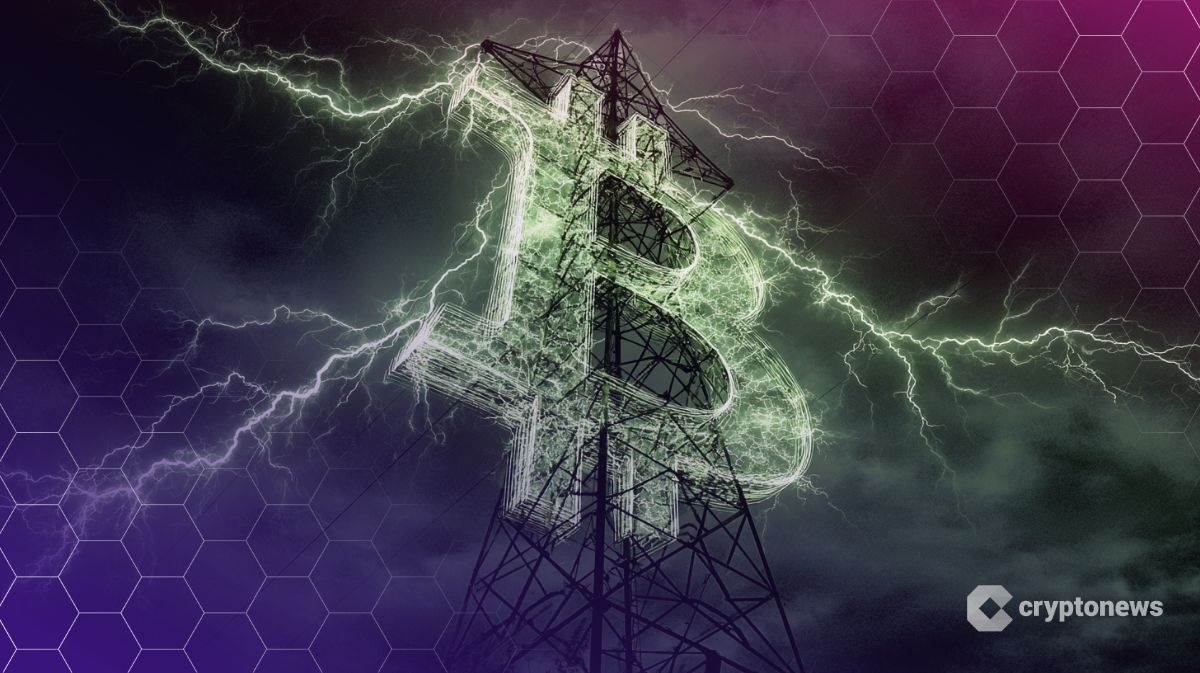HashKey Chain mainnet launches Paimon SpaceX tokenized special purpose fund

HashKey Chain announced that it has successfully deployed $SPCX (Paimon SpaceX SPV Token), a tokenized special purpose fund share of SpaceX, a US space exploration technology company, on its mainnet. As the preferred public chain for finance and RWA, HashKey Chain has become an important platform for institutional assets to be put on the chain. This cooperation with the asset tokenization platform Paimon Finance has introduced the asset class of global high-quality unlisted equity for the first time, providing investors with the opportunity to capture the early growth dividends of top private companies. Currently, $SPCX is only deployed on HashKey Chain and BNB Chain.
$SPCX was launched by asset tokenization platform Paimon. The underlying structure is a special purpose vehicle (*SPV) established in the British Virgin Islands (BVI), which provides investors with the opportunity to indirectly hold a portion of SpaceX's equity. $SPCX is currently priced at $220 per share, which is 10-30% lower than the secondary market price of similar SpaceX private equity currently available on the market. Currently, $SPCX has entered the on-chain interactive stage, and users can complete on-chain redemption and trading through access , with a limit of $15 million. *SPV, Special Purpose Vehicle, is a legal entity established for specific investment or asset holding purposes, often used to isolate asset risks, achieve structured design and improve operational flexibility. In the $SPCX product, the SPV is used to hold investment interests in the SpaceX equity fund, giving the tokenized assets legal and financial independence, which helps to protect the rights of investors and the compliance of the project.
Kay, head of HashKey Chain, said :
“The on-chain issuance of high-barrier, star-level private equity assets such as SPCX is one of the ultimate scenarios for the release of RWA value. HashKey Chain looks forward to building a bridge between high-quality alternative assets and on-chain liquidity through cooperation with Paimon, and allowing more users to participate in the growth of global leading companies and the wave of space economy.”
Paimon co-founder Guyan said :
“We believe that most assets will be deployed on-chain in the future, and first-tier assets with global attention and long-term value like SpaceX should be the priority representative for RWA on-chain. HashKey Chain is the second public chain infrastructure we have chosen besides BNB Chain. We hope that through this deployment, we can accelerate the efficiency of the channel for global capital to enter high-quality assets.”
Paimon's choice of HashKey Chain represents the new generation of asset issuers' higher expectations for on-chain issuance standards, that is, the chain should not only have the ability to carry technology, but also play a role in connecting value consensus and institutional needs. With more high-quality assets on the chain, from primary market equity and funds to alternative assets such as minerals, collectibles, and carbon credits, the extension of Onchain Finance is being continuously expanded. Whether it is the complexity of asset types, the rigor of compliance requirements, or the liquidity needs of global investors, HashKey Chain has verified its comprehensive carrying capacity as a new generation of financial public chain infrastructure.
About HashKey Chain
HashKey Chain is the preferred public chain for financial institutions and RWA assets to be put on the chain, and is committed to promoting the compliance and scale development of Onchain Finance. As a compliance-friendly blockchain infrastructure, HashKey Chain provides institutions with a secure and transparent on-chain environment.
With a secure and reliable technical architecture, HashKey Chain inherits the decentralized security of Ethereum, and improves transaction efficiency through high-performance optimization, ensuring the stability and traceability of assets on the chain. In addition, HashKey Chain adopts a high-performance, low-cost solution, providing extremely low gas fees and high throughput, so that financial assets such as money market funds, bonds, funds, stablecoins, etc. can be efficiently circulated, reducing the operating costs of institutions on the blockchain.
HashKey Chain is working closely with the world's leading financial institutions and compliant Web3 projects to provide optimal solutions for application scenarios such as institutional-level DeFi, RWA tokenization, and stablecoin settlement, accelerating the digitalization and intelligent upgrading of the financial system.
HashKey Chain official website: https://hsk.xyz/
HashKey Chain X: https://x.com/HSKChain
Disclaimer: https://hsk.xyz/news/disclaimer/Disclaimer
Media contact: hsk@hashkey.com
About Paimon Finance
Paimon Finance is a fintech company focused on tokenizing alternative assets, committed to breaking down traditional investment barriers and allowing global investors to easily access institutional opportunities. By building a compliant and transparent legal structure, Paimon opens assets that were originally only open to large institutions and high-net-worth individuals, such as private equity, private credit, technology unicorns, and aviation physical assets, to a wider range of investors in the form of tokens, promoting the integration of traditional finance and decentralized finance. The Paimon team was founded by a former senior Wall Street investment manager, with cumulative assets under management exceeding $10B and more than 60 years of investment experience. Core members have worked for top financial institutions such as Citadel, UBS, Goldman Sachs, and Franklin Templeton.
Paimon Finance official website: https://www.paimon.finance/
Paimon Finance X: https://x.com/Paimon_Finance
Disclaimer: https://tinyurl.com/5fwsxfxh
Media Contact: support@paimon.finance
You May Also Like

A whale deposited 2.73 million USDC into HypeLiquid and opened a BTC short position with 20x leverage

Eskom Grid Surges to 60.6%—Is South Africa Poised for Its Bitcoin Mining Plan?
